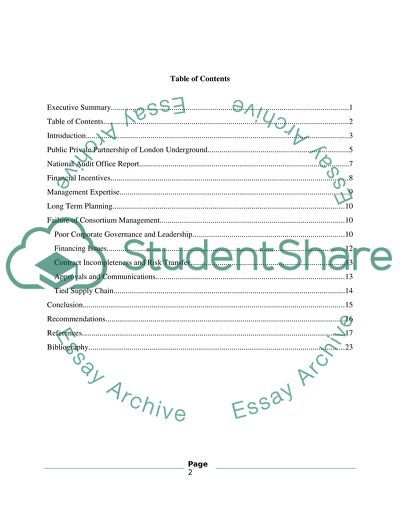Cite this document
(“Managing in a mixed economy Essay Example | Topics and Well Written Essays - 3000 words”, n.d.)
Retrieved from https://studentshare.org/macro-microeconomics/1419269-managing-in-a-mixed-economy
Retrieved from https://studentshare.org/macro-microeconomics/1419269-managing-in-a-mixed-economy
(Managing in a Mixed Economy Essay Example | Topics and Well Written Essays - 3000 Words)
https://studentshare.org/macro-microeconomics/1419269-managing-in-a-mixed-economy.
https://studentshare.org/macro-microeconomics/1419269-managing-in-a-mixed-economy.
“Managing in a Mixed Economy Essay Example | Topics and Well Written Essays - 3000 Words”, n.d. https://studentshare.org/macro-microeconomics/1419269-managing-in-a-mixed-economy.


